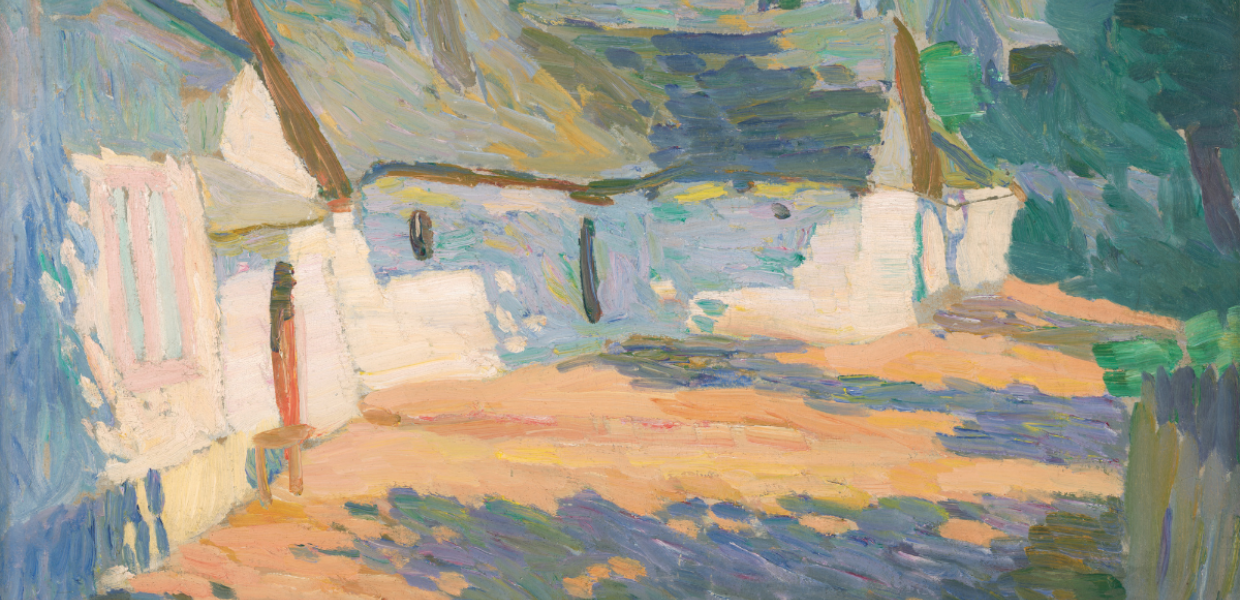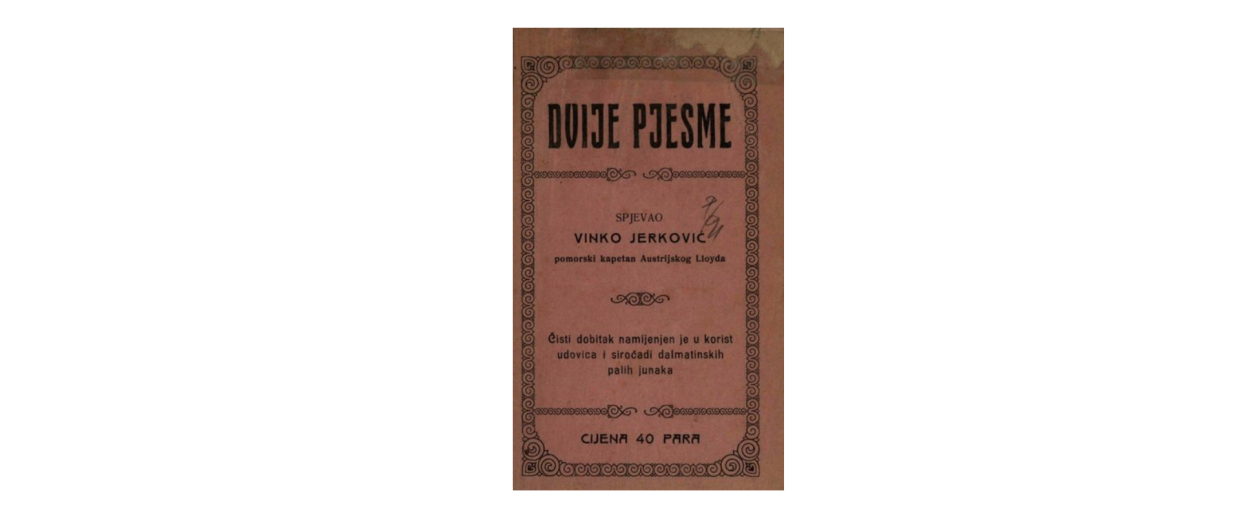A promise for mass digitisation
The Orphan Works Directive was adopted in October 2012 and sought to facilitate the mass digitisation projects going on across Europe by removing some copyright barriers. It created an exception to copyright, so that the digitisation and dissemination of orphan works (works still protected by copyright, but whose authors or other right holders are not known or cannot be located) could be done without necessarily seeking permission from every rights holder.
All Member States had to adopt the Directive. However, the Directive’s provisions have a limited scope, cumbersome requirements and some legal uncertainty. While they were to some extent meant to be safeguards for rights holders, this resulted in a Directive with limited applicability, as demonstrated by the low numbers of orphan works declared in the EUIPO database and the testimonies of cultural heritage institutions that they are unsuccessful when using these provisions.
In April 2019, the Copyright in the Digital Single Market Directive was adopted. Among other important provisions, it contained new articles on out of commerce works that seem to offer a more promising solution for mass digitisation projects in the cultural heritage sector, with the possibility of relying on extended collective licensing and a fall-back exception to copyright. While they are currently being implemented by European Member States, there seems to be a clear overlap between their scope and that of the Orphan Works Directive.
From August to October 2020, a survey about the application of the Orphan Works Directive across the European Union was conducted to evaluate the overall efficiency and effectiveness of the Directive as an instrument to promote the digitisation and dissemination of orphan works. The survey is the first step of the review process foreseen in the Directive itself, which could be followed by a report on its application and a possible proposal for its amendment.



